Growing succulents is a fantastic hobby that can turn into a business. The succulent plants you nurture have many benefits besides the joy and relaxation you enjoy, as do the job. Succulents are a great decoration in our homes and can be a significant part of landscaping in our yards. Some succulents have medicinal effects, which you can use for that purpose.
Growing succulents is not tricky, but it can go wrong if you don’t follow some simple rules. All the benefits that accrue from succulents are only available when you grow the succulents well. The following tips will help you if you intend to start this exciting journey.
Choose the Right Plant
You can’t pick any succulent and plant it anywhere. You have to consider many factors when choosing the right plant. These factors include the shape and size of the plant vis a via the place where you want to keep the succulent. You, for example, can’t plant the African Milk Tree in your living room; it is just too big. Some succulents have thorns or are toxic, and you should consider this as you place them in your home. You should avoid such plants if you don’t have enough space to keep them and your children and pets safe.
Considering the plant’s shape is also essential because you will only see the best of some in a hanging basket or a vertical wall, while others do best on a vertical wall or are small enough to be placed on a desktop. You, therefore, need to pick a plant whose shape conforms to the purpose for which you want it. You are likely to keep succulents mainly for decoration, but you can also grow them for therapeutic purposes. If you are keeping them for medical purposes, you must choose the one with the medicinal qualities you need.
For the above reasons, you must acquaint yourself with different succulents. The cute succulent you want to grow may not be suitable for the climate in your area. Luckily, there is likely another one that looks almost the same but is suitable for your area.
Get the Correct Pottage
The pottage you use is one of the most critical determinants of the success of your succulent husbandry. Most succulents occur naturally in arid, rocky areas with sandy soils. They are adapted for such environments. Their root system can’t handle waterlogged soil since such soil causes roots to rot. The substrate should allow water to pass through easily, leaving no more than a moist substrate.
It would help if you went for a specially made cactus mix to buy a commercial substrate. If you mix the pottage at home, ensure you have the right mix of soil depending on the succulent you need to grow. The pottage is also where your plant gets nutrients. It should either be fertile or lean, depending on the requirements of your succulent.
Be Careful With Watering
Watering is one of the primary considerations when parenting a succulent. It would help if you never allowed water to lodge in the pot where you grow your succulent. Such water causes your plant’s roots to rot, destroying your succulent. There are several considerations you should make on watering.
- Quantity: You should never water your plant if there is still moisture in the substrate from the previous drink. The soil dryness test is the best way to determine if you are giving your succulent too much water. This is whereby you stick your fingers in the top few inches in the substrate. When the first inches of the substrate is dry, you can go ahead and water. Avoid watering if there is still moisture from the previous watering in the substrate’s first two or three inches.
- Watering method: This depends on the succulent. Succulents are very susceptible to rotting if too much water lodges on the leaves for a long time. Some succulents grow like trees. Therefore, leaving the pot open allows you to put water directly on the soil using a watering can. If the succulent is a climber or a rosette covering the opening of the pot, the best approach is to soak the pot in a tub of water. This way, water will seep through the drainage holes soaking the substrate from below.
- Temperature: Some succulents are adversely affected by colder water than room temperature. Check to see if the succulent falls under this category. You should keep tap water overnight in an open container before using it to water the succulent.
- Content: Chlorine affects some succulents adversely. There are some plants for which you will need to use distilled water. Some can’t drink hard water, and you need to know which yours is and act accordingly.
- Season: The best time to water your succulent is during its growing season. Most of them grow in spring and summer but are dormant in winter. The ones dormant in winter usually only need to be watered in spring and summer, not winter. Some are active in winter and dormant in summer. You water them accordingly in winter and a little in summer to replenish the water they lose due to transpiration in the summer heat.
Light & Positioning
This has much to do with the amount of sunlight your plant should get. Most succulents need a lot of light to thrive. However, not all of them can handle direct sunlight as it may scorch the leaves of some. Find out where your succulent falls and position accordingly. The ones that enjoy direct sunlight can be placed next to eastern and southern windows or outdoors.
Its tolerance to cold is another factor to consider when considering positioning it. Most are not cold-hardy and need to be shielded from adverse weather in winter.
Pests and Diseases
Mealybugs, scale insects, aphids, and slugs are some common succulent pests, but not all attack the same types of succulents. The best approach is to protect the succulent from infestation, but there are ways to treat them if they get infested.
Prevention
- Keep the plants healthy: Strong and healthy succulents may be able to repel pests naturally. If, on the other hand, pests attack a healthy plant, they won’t affect it too badly since it will be able to withstand the onslaught. As recommended, you can ensure the plant’s fit by feeding it with well-balanced fertilizer for succulents. Also, ensure the soil is rich and well-drained to keep root rot at bay.
- Prune the plant: Dead leaves are one of the bugs’ favorite hiding places—they lodge and breed there, especially when there is moisture. You can protect your plant from attacks by cutting off dead leaves. Cutting off these dead leaves prevents air from flowing freely through the plant, making the conditions unfavorable for bugs.
- Keep the plant dry: When watering your plant, always direct the water to the soil. Having water on the leaves makes them susceptible to mealybugs and scale. The succulent’s vulnerability is even more significant to bugs due to humidity being even more remarkable when the plant’s leaf structure is such that the leaves are allowed water to lodge. This plant is an excellent example of the need to keep the plant dry due to its rosettes. Water-filled rosettes encourage the bugs to make a home on the plant.
- Don’t reuse affected medium: Don’t compost infected leaves because there may be survivors or effs that find their way back to the plant when you feed the plant with compost. Also, don’t use soil from affected plants to repot your succulents.
- Use systemic pesticides: Unlike their contact counterparts, systemic pesticides get into the plant and poison it against the bugs so that they don’t survive or reproduce when they attack the plant. Pure Neem Oil is made from the neem plant. Therefore, it is entirely natural and not harmful to humans. It repels all the bugs from the inside as a systemic pesticide.
Read more: 15 of the Best Succulent Terrarium Ideas
Treatment
When well taken care of, the plant can remain healthy with little disturbance from pests and diseases. However, looking for mealy bugs, spider mites, and scale insects is essential. You can quickly remedy this by using organic pesticides.
It would help if you inspected your plants regularly. Severe infestation by any of these pests causes your plant’s leaves to develop unhealthy brown spots. This is because these pests suck the sap from the leaves. This practice enables you to catch an infestation before it gets out of hand.
One way to handle them is by spraying the affected parts with pesticide soap. The soap irritates the insects, dislodging them from the plant. You can use the liquid dishwashing soap mixed with water at a ratio of 1:1 and spray. You can also use the following plant-based pesticides.
- Neem oil: Unlike the other pesticides listed below, neem oil is a systemic pesticide. It gets into the plant and poisons it against the bugs so that they don’t survive or reproduce when they attack the plant. Pure Neem Oil is made from the neem plant. Therefore, it is entirely natural and not harmful to humans.
- Hot pepper spray: Hot pepper is quite irritating when it gets on your skin and eyes, and it has the same effects on the bugs infesting your succulents. Spray it carefully on the affected parts to protect your skin and eyes.
- Garlic spray: A concentrated garlic spray can have the same effects on the bugs as pepper spray. You can manufacture the garlic spray by crushing garlic cloves and putting them in hot water. Put just a little hot water so the end product is concentrated enough to destroy the pests. Remove the garlic residue, put the pesticide in a sprayer, and spray away on the infected parts of the plant.
Final Thought
Managing succulents is relatively easy, and you will get the best from them by identifying their needs under the abovementioned categories. Each succulent has unique needs that you need to identify and align accordingly. Once you do this, you can grow the plant amid your busy schedule.

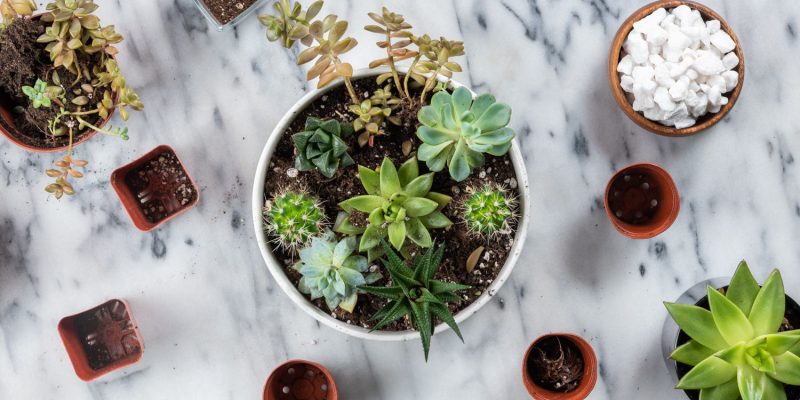



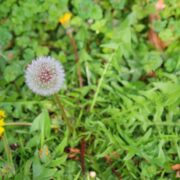
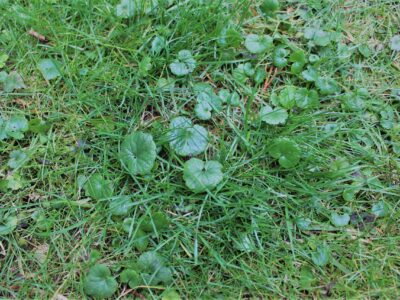

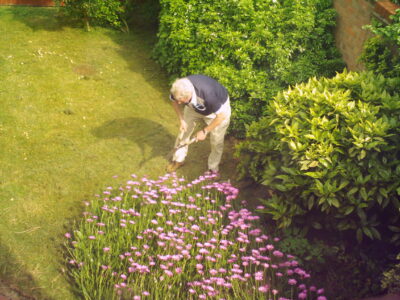
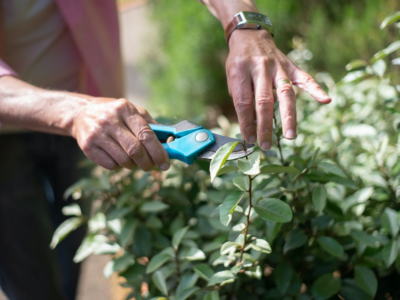




Comments